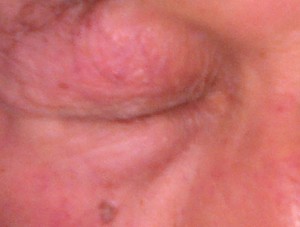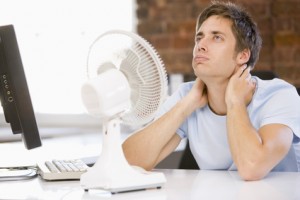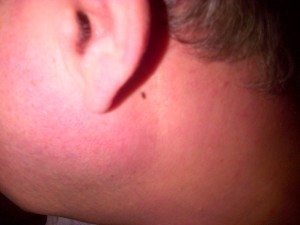
Ehlers-Danlos syndrome.
Welcome to the latest in our series of informational blogs looking at healthcare in general and specific medical conditions in particular. Today we are focussing our attention on a genetic condition called Ehlers-Danlos syndrome.
Affecting around 1 in 5,000 people, Ehlers-Danlos syndrome (or EDS) causes your collagen production to be lower than in the average person. Collagen is a protein the main function of which is to strengthen various body tissues such as blood vessels, skin and bone.
So, typically, a person with EDS will suffer from symptoms such as:-
a) Loose or sagging skin. This means that the skin can split more easily.
b) Hypermobility or loose joints. Therefore your joints move more than in an average person without EDS. Children may take longer to begin to walk with EDS because of certain floppiness.
c) Vascular problems. This can lead to bursting organs which may be fatal. While rare it is the most serious symptom of EDS.
d)Fragile body tissue. This causes people with EDS to be more likely to have overstretched or even broken ligaments.
e) Pain. In some cases people with EDS will suffer from limb or joint pain.
As with all our blog posts we are really interested in feedback from our readers especially those who have Ehlers-Danlos syndrome. It would be really useful to get an overview of life with Ehlers-Danlos syndrome. This is useful for other people with Ehlers-Danlos syndrome but also parents of children who have just been diagnosed with Ehlers-Danlos syndrome.
A few issues about the condition that struck me as worth mentioning, were pointed out to me by a person with Ehlers-Danlos syndrome whom I spoke with about EDS. She explained to me exercise is important in building up strength and she recommended swimming. You may find a previous article we wrote on low impact exercise of interest – https://patienttalk.org/exercise-for-people-with-chronic-pain/.
She also mentioned that children with Ehlers-Danlos syndrome will often wear pads to product themselves during play sessions.
In terms of lifestyle and work activities like hard manual labor are not really possible. As there is a high probability of fatigue, good rest and sleep patterns are considered important.
So over to you! It would be great if people with Ehlers-Danlos syndrome could share their experiences to help us raise knowledge and awareness of this genetic condition. If you could share your answers to the following questions that would be really helpful:-
1)At what age were you diagnosed with Ehlers-Danlos syndrome?
2)What have been your main symptoms?
3)What treatments for Ehlers-Danlos syndrome have you used? How effective were they?
4)What impact has Ehlers-Danlos syndrome had upon your lifestyle?
5)Where did you go for support and information about Ehlers-Danlos syndrome?
6)What one piece of advice would you give to somebody who has just been diagnosed with Ehlers-Danlos syndrome? (Or indeed the parent of a child just diagnosed with Ehlers-Danlos syndrome!)
Obviously this is just a guide – so please share anything that may be of interest to other readers. In particular links to any organisations, blogs or online groups would be very gratefully received.
Many thanks in advance.




